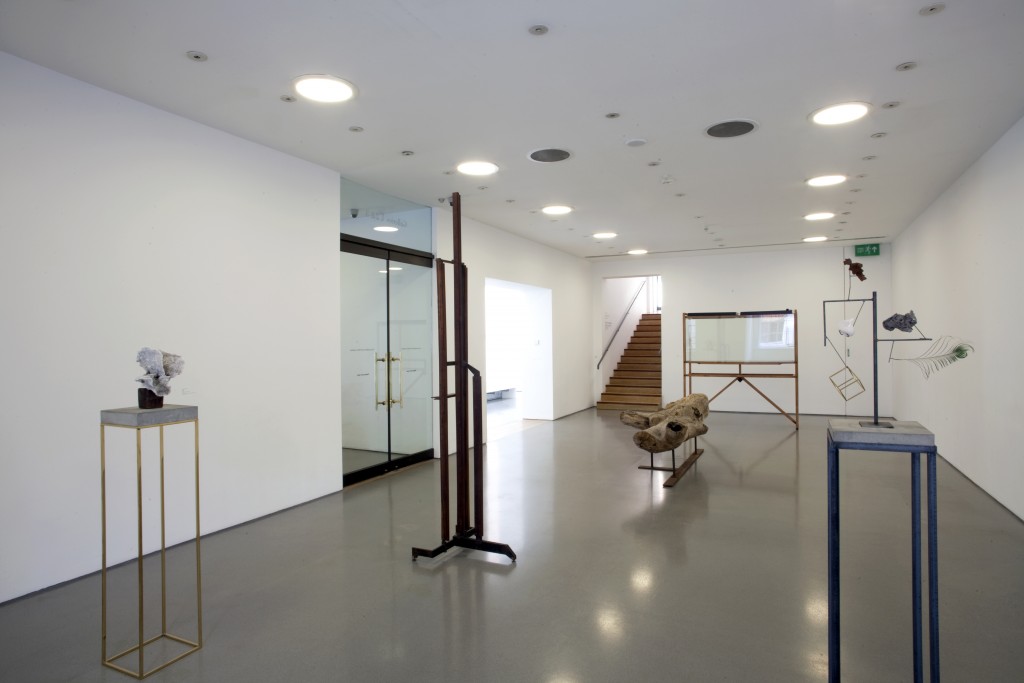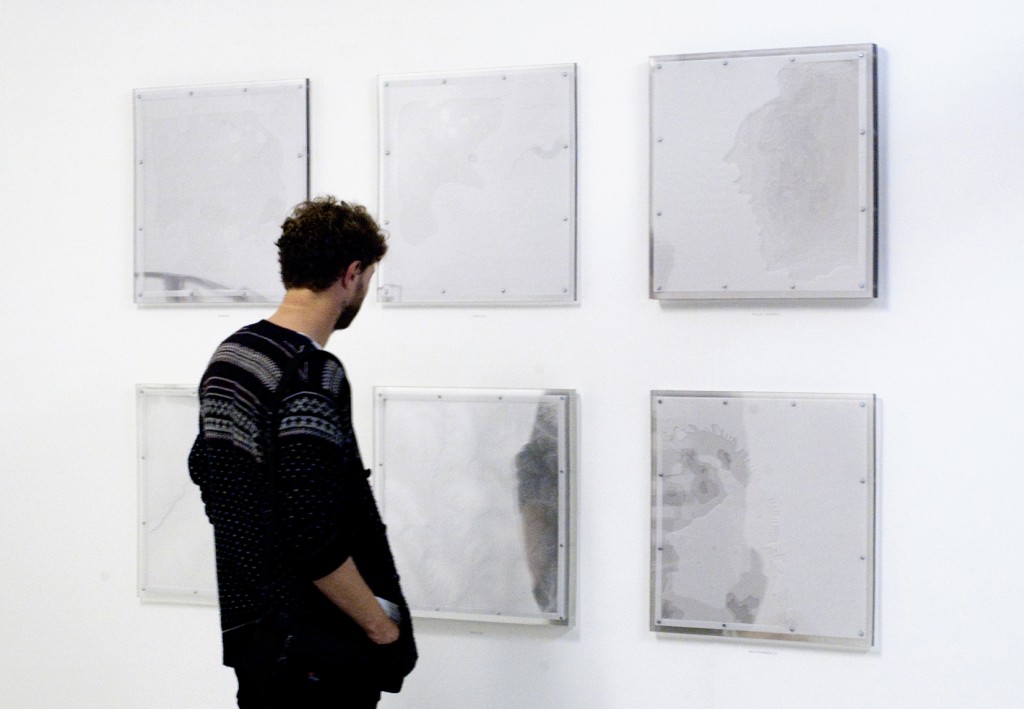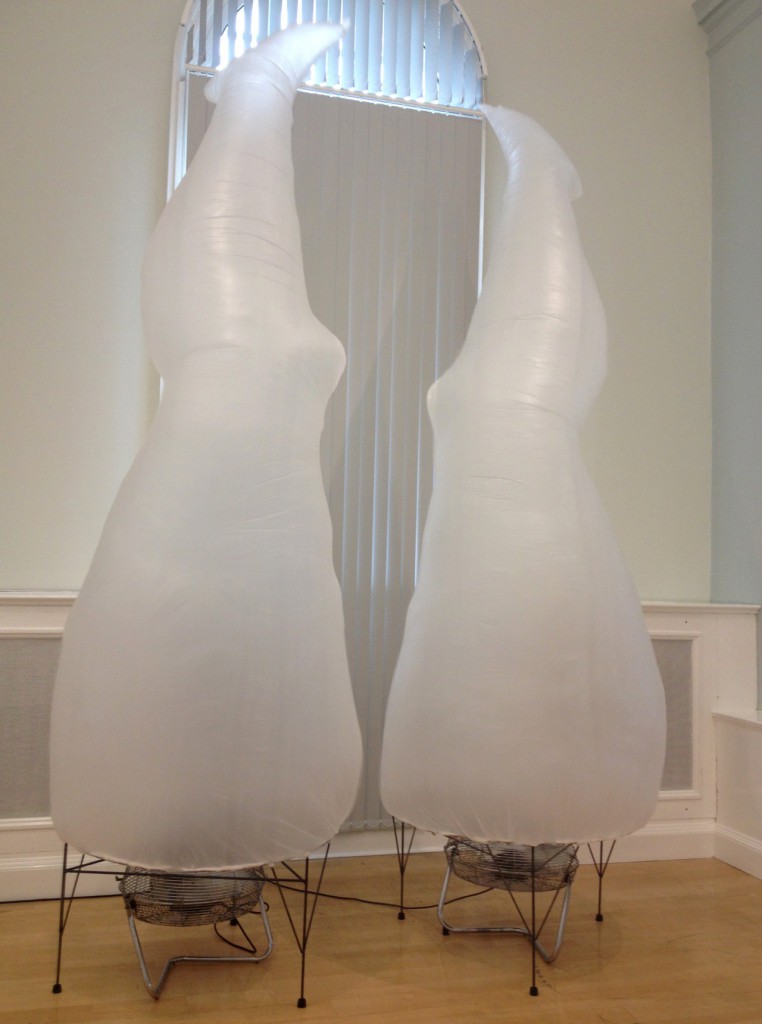Published
a dreamy, foggy place
“The way I remember growing up in Venezuela, for instance, it has nothing to do with the reality that is the country right now. I think I’m from a place, but that place doesn’t exist anymore. When you have to integrate into a new place, you are forced to mix so much information that it becomes unclear who you are. You create a new scenario for yourself. I like to think that it’s some sort of utopia, and to see how I can transmit this sort of dreamy, foggy place.”
Sol Calero in a Tate artist interview describing some of the motivation behind her work (source). I’ve felt something similar at times, though certainly not as intense. It’s a “glass half full” description of the feeling, and her work shares that vibe.
Her commission El Autobús 2019 is at the Tate Liverpool until 10 November 2019.
Side note: I think she’s got an old school Indexhibit site. <3



